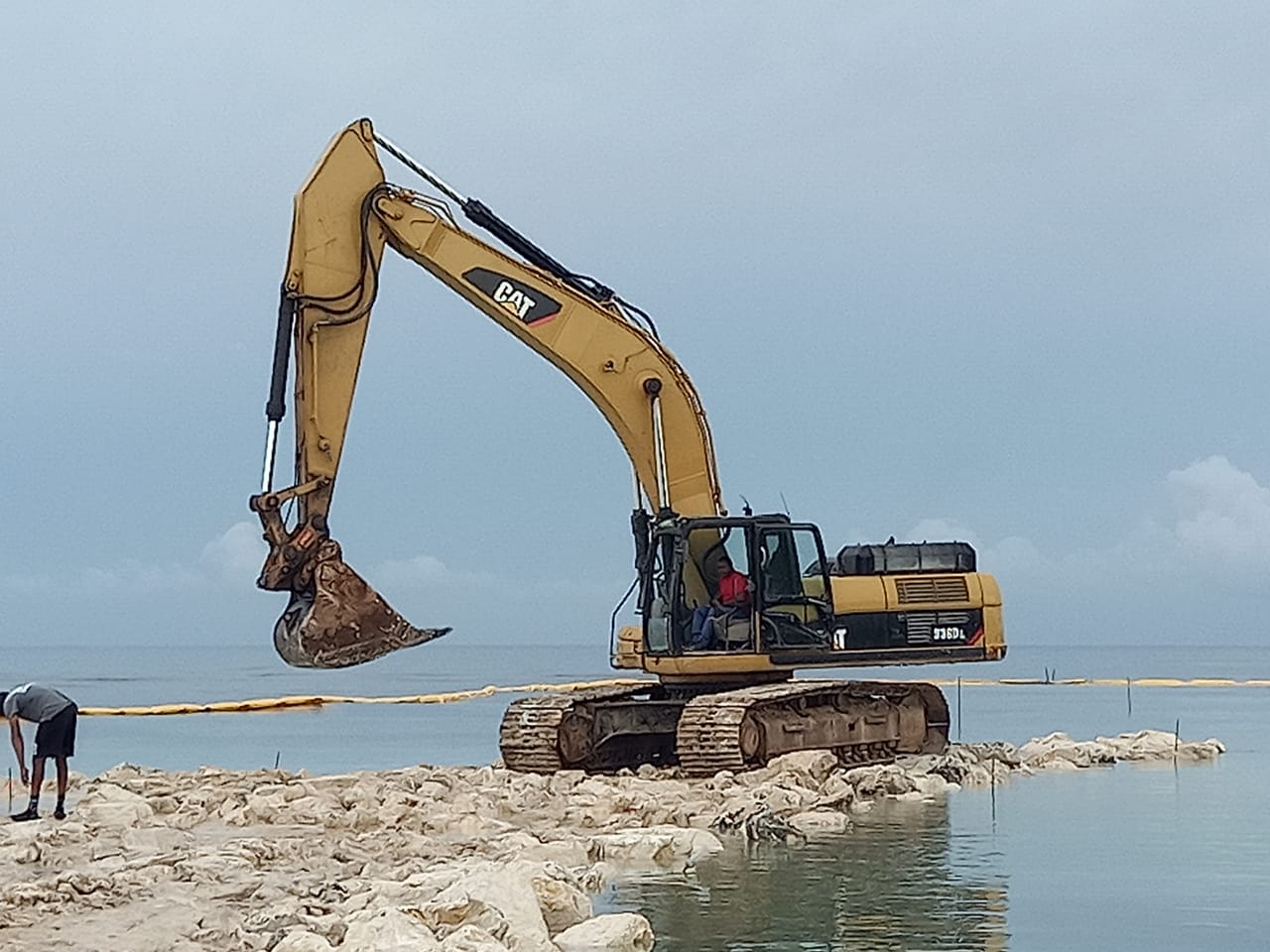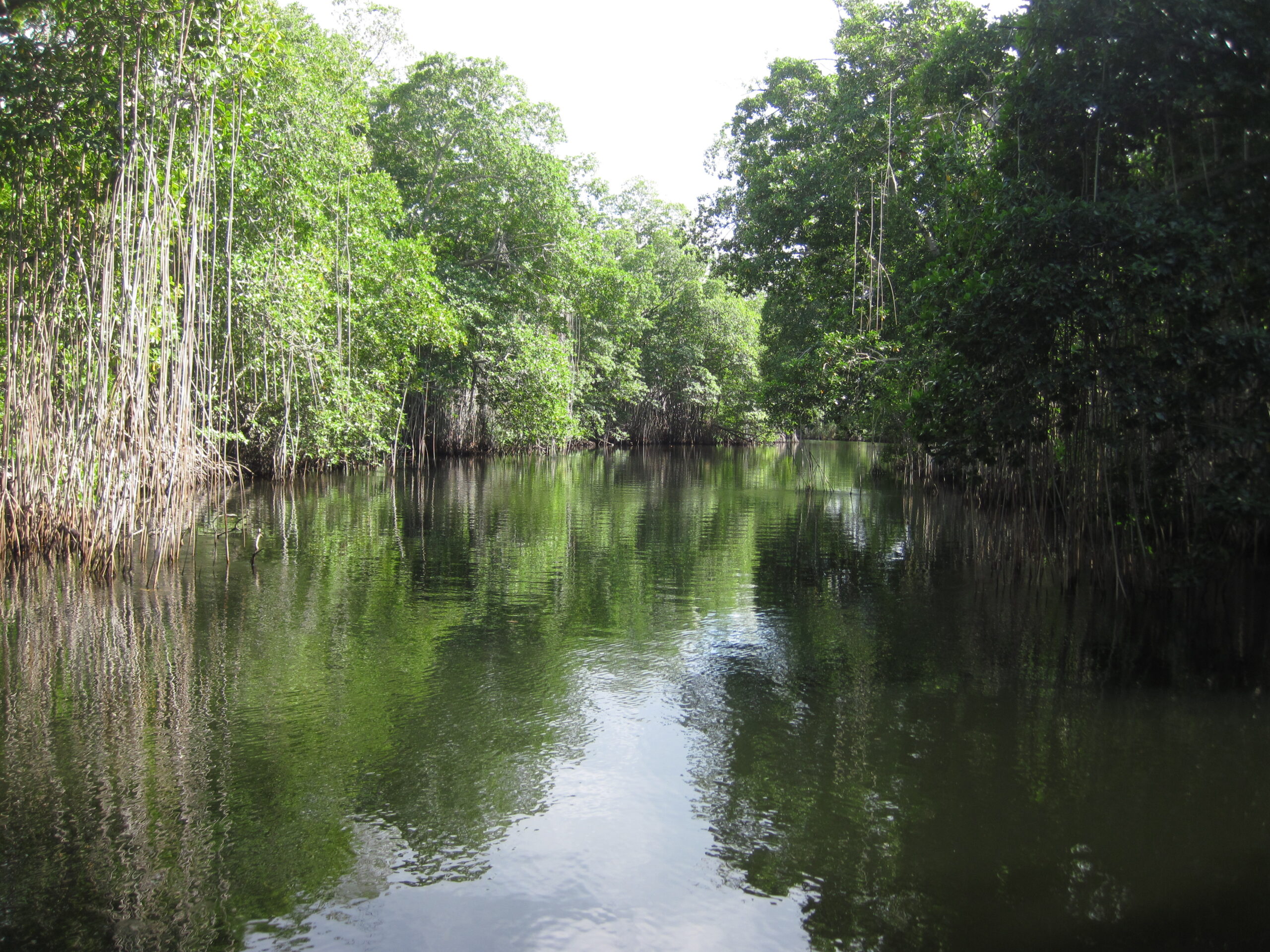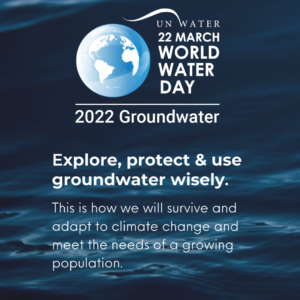 To say that World Water Day is celebrated is something of a contradiction. The word observed may be a better description since so much of the attention to water resources focuses on threats to the world’s supply of freshwater and to the pollution of rivers and oceans. Here in the Caribbean and throughout much of the world, human activities pose a growing danger to the groundwater table, to the sea, and to the marine environment. The theme of World Water Day 2022, observed on 22 March, is “Groundwater – Making the Invisible Visible.” Raising awareness is key.
To say that World Water Day is celebrated is something of a contradiction. The word observed may be a better description since so much of the attention to water resources focuses on threats to the world’s supply of freshwater and to the pollution of rivers and oceans. Here in the Caribbean and throughout much of the world, human activities pose a growing danger to the groundwater table, to the sea, and to the marine environment. The theme of World Water Day 2022, observed on 22 March, is “Groundwater – Making the Invisible Visible.” Raising awareness is key.
Freshwater runoff containing pesticides and other pollutants from the agricultural and development sectors is a known but ongoing problem. The improper disposal of waste and sewage is another major contaminant. Controlling flooding so that these products never make it into the water table or down to the sea is a major goal, yet one that is largely unrealised.
Ecosystem Effects
Smith Warner International Ecohydrologist Allison Pearce explains, “When we work with mangrove restoration, one of the first aspects we must address is pollution. We need to identify sources of pollution and work with the stakeholders to reduce the flow of contaminants to down-stream ecosystems.”
Many, if not most Caribbean nations, place mangrove conservation as a top environmental priority. While mangroves recover on their own from wave action and storm activity, pollution can curb the revitalisation and regeneration of the vegetation. In fact, when solid waste wraps around mangroves, the propagules (seeds that will detach and eventually germinate) can fail to establish themselves. In a 2021 study focused on Jamaica, Dr. Camilo Trench of the University of the West Indies found that plastic bags can have a more devastating effect on the recovery and resilience of mangroves than other forms of pollution.
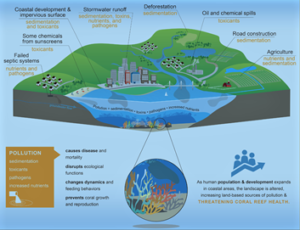
It’s also well-known that polluted water runoff can be devastating to seagrasses and corals. Sediments and contaminants from upland can smother coral reefs, increase the growth of algae, and reduce water quality. This infographic from the National Oceanic and Atmospheric Administration illustrates the many sources of land-based pollution that can harm the marine environment.
Fixing the Flow
Purifying wastewater, alleviating flooding to reduce harmful runoff, and improving water conservation all fall within the United Nations’ Sustainable Development Goals. Engineering techniques can reduce, if not solve, these water issues, but require the commitment of the many parties involved including the agriculture sector, private landowners and developers, tourists, construction firms, and government supervisors. Fixing the flow can even enhance the availability of the groundwater supply.
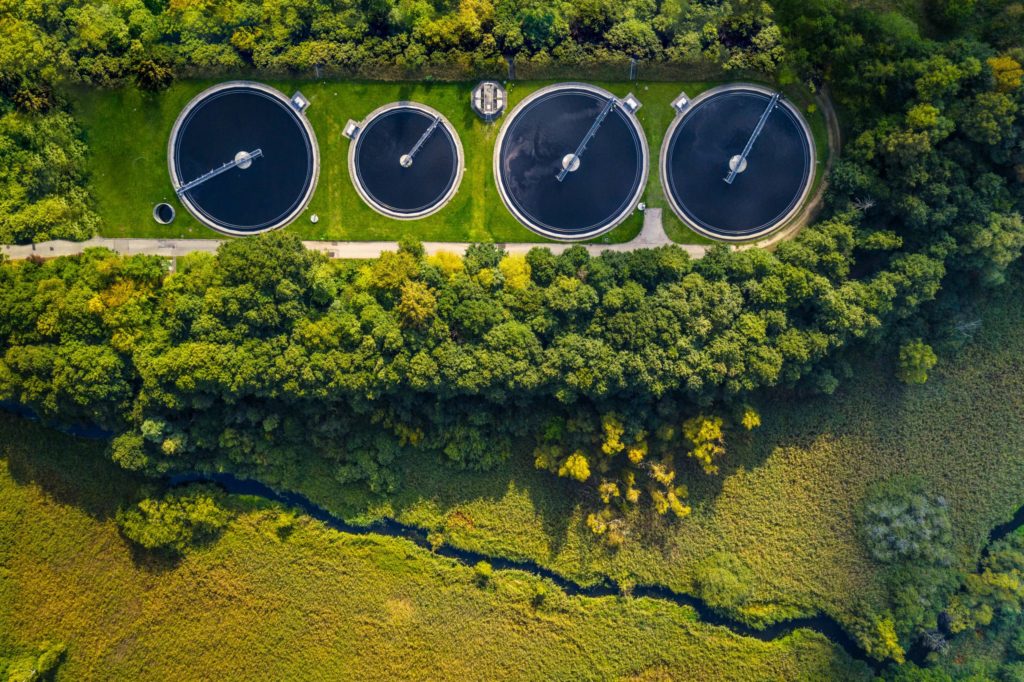
The United Nations’ World Water Development Report 2021 report suggests two major strategies for improving water yields and productivity. The first involves techniques to capture water and to conserve it better through landscape techniques. The second focuses on soil management and engineering and conservation management. A third strategy is building awareness of sustainable agriculture and tourism practices and cracking down on those that are in violation of clean water regulations. However, in the regional perspective for Latin America and the Caribbean the report reads, “Most countries in the region have not assigned sufficient funds for proper law enforcement in cases of pollution or overexploitation… particularly given the increasing climate instability.”
Pollution is Practically Irreversible
The 2022 UN report, which carries the same title as the theme, “Groundwater: Making the Invisible Visible”, issues the dire warning that groundwater pollution is “practically irreversible” and reiterates governments’ role as “resource custodians”. In the Caribbean and Latin America, the report advises that the region, “…move towards political processes that harmonize decision-making, monitoring and groundwater management both nationally and internationally.” Making the Invisible Visible speaks to the need for continued education, increased awareness, and a commitment to monitoring both through government efforts and citizen science – all part of locally-led, community-based adaptation.
